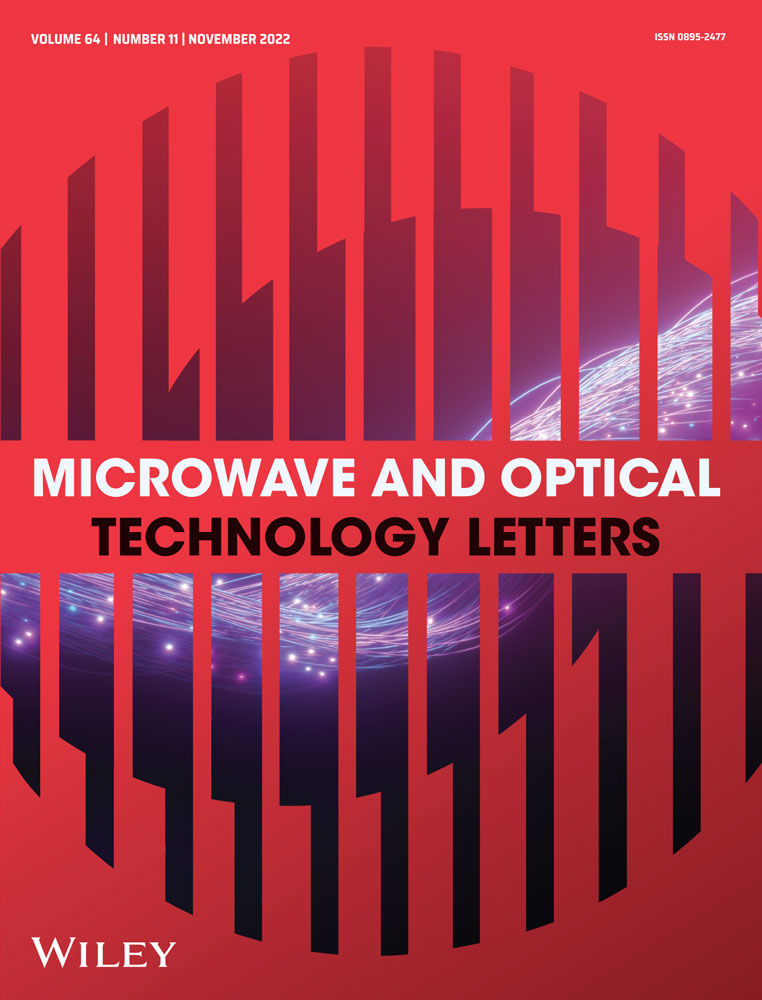A novel sequential-phase quad-feed circularly polarized microstrip antenna for INMARSAT and GPS applications
Abstract
In this letter, a compact circularly polarized microstrip antenna has been developed with a new type of feed structure. The key feature of the antenna is the integrated design of the quad-feed network coplanar with the driven patch, which makes the antenna simple in structure and has good circular polarization performance. A parasitic patch is used to expand the impedance bandwidth, while a round hole in the center of the driven patch is used to improve impedance matching. In addition, a cavity is utilized to reduce the transverse size of the antenna and improve the front-to-back ratio. The simulation and experimental results show that the VSWR of the antenna is lower than 1.5 and the average gain is higher than 8dBic in the L-band for International Maritime Satellite applications. Due to the centrosymmetric feed configuration, the antenna can also be used as a global positioning system antenna, which requires high stability of the phase center.
Open Research
DATA AVAILABILITY STATEMENT
Data sharing are not applicable to this article as no datasets were generated or analyzed during the current study.




